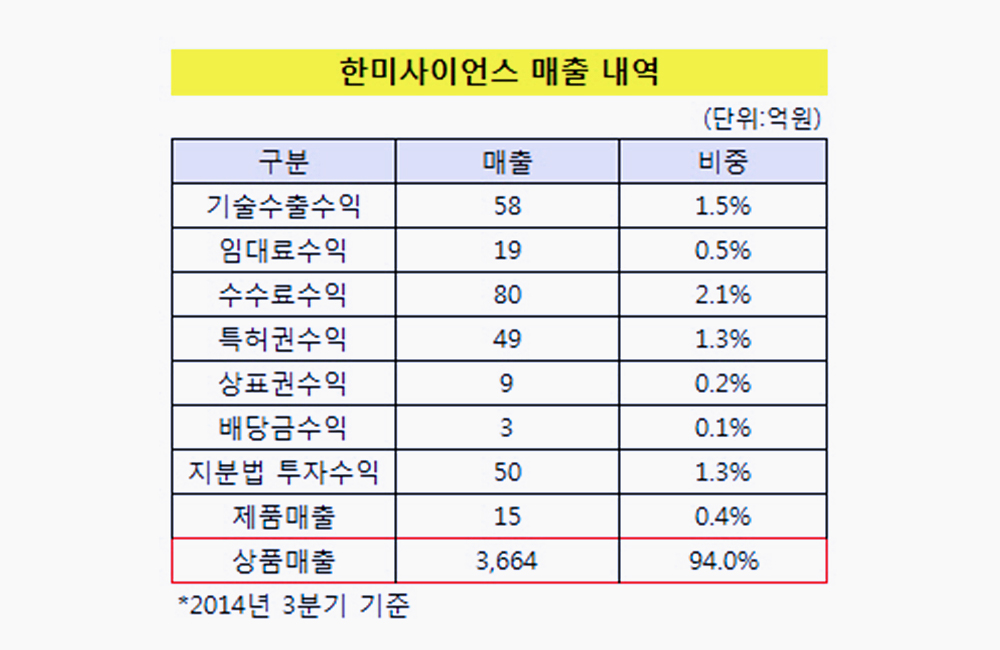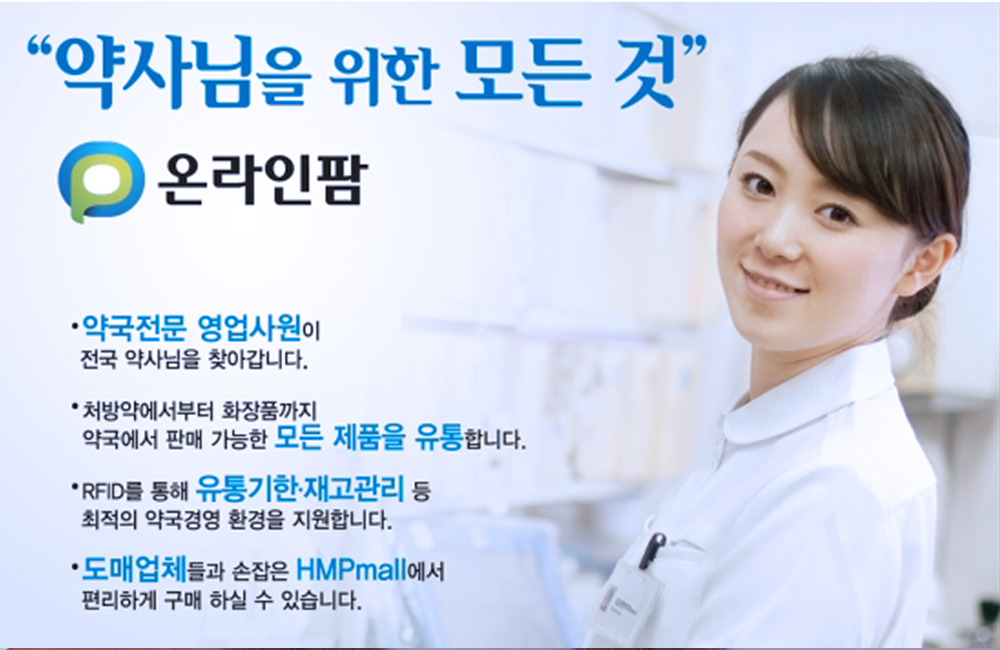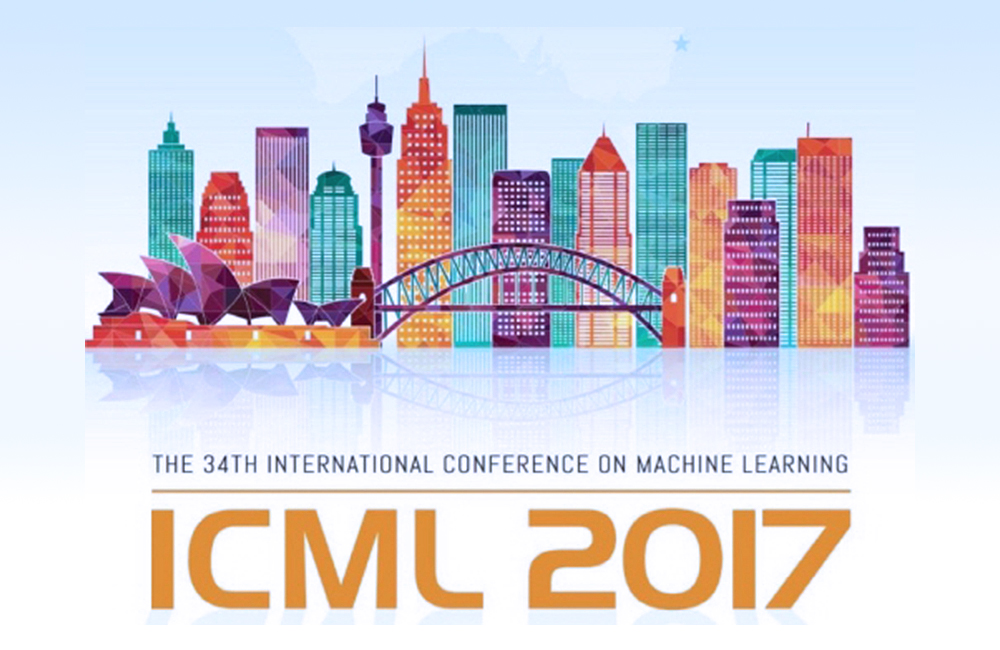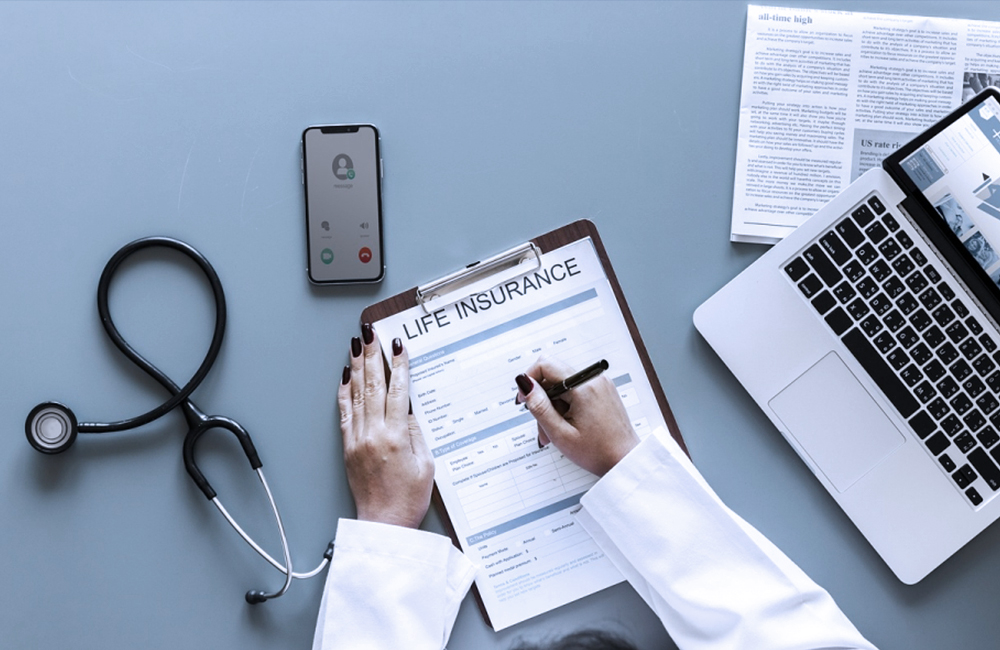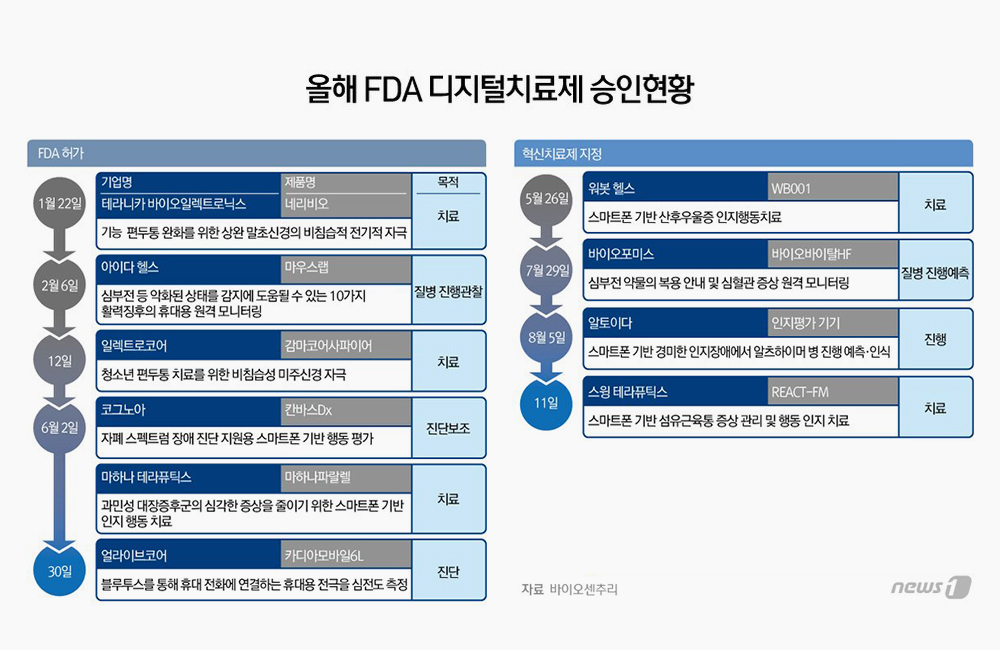Vision impairment is a pervasive problem
facing nearly 2.2 billion people globally, according to the World Health
Organization. But help is on the way: Neuroscientists are working at the
cutting edge of technology and brain science to develop new ways for the vision
impaired to navigate the world around them. At the annual meeting of the
Cognitive Neuroscience Society (CNS), researchers are presenting new techniques
for integrating digital haptics and sound technology to transform vision
rehabilitation for both children and adults alike.
"Vision rehabilitation requires
bridging fundamental research, modelling and neuroimaging methods," says
Benedetta Franceschiello of the University of Lausanne, who is chairing the
symposium on vision rehabilitation at CNS 2021 virtual. The new wave of devices
to help the vision impaired combine these areas to deliver more personalized,
democratized technological solutions. "We have cutting-edge analysis
techniques, the computational power of supercomputers, the ability to record
data to a level of detail that was not possible before, and the ability to
create increasingly sophisticated and portable rehabilitation devices,"
she says.
At the same time, neuroscientists have
great insight into the brain's plasticity and how the brain integrates
information from multiple senses. "This field is developing at a fast
rate, which is vital," says Ruxandra Tivadar of the University of Bern, "as
having reduced or a lacking sensory function is an extremely grave impairment
that impacts everyday function and thus the quality of life."
Tivadar is presenting new research showing
how feedback from digital haptics - using the sense of touch coupled with
motion - enables the visually impaired to easily learn about new objects and
spaces. It's just one way researchers are leveraging all the human senses to
develop new technology for vision rehabilitation.
Putting a finger on the problem
Teaching a visually impaired person how to
navigate a new space is a tedious process, Tivadar says. "We need
occupational therapists, we need to make tactile maps with different textures
and, especially, for different places, and then we have to actually train the
individual on tactile exploration before training them on the street," she
explains. "Imagine future mobile phones with digital haptic feedback that
allow the visually impaired to learn about new spaces instantly."
That is the future Tivadar is working
toward, and with new results being presented at CNS, she and colleagues are
showing it is possible, and, soon. In new unpublished research, Tivadar's team
used digital haptics to represent the layout of an apartment in 2-D. Sighted
participants who were blindfolded learned the layout by exploring a digital
haptic rendering of the layout. They then had to actually navigate and complete
tasks in the real, physical space that was previously unknown to them.
"Our data show that people learn these
layouts well after only 45 minutes of training," Tivadar says. "In
addition, we also see that participants have absolutely no problem in learning
easy trajectories in this layout; all of our participants succeed at this task,
whether previously trained or not."
The data also suggest that those
participants who trained for harder navigation succeeded better than
participants who were only trained on easier trajectories. "These findings
imply that for really simple layouts, people need minimal training to succeed
at imagining a space in their minds and then physically navigating it,"
Tivadar says.
Advances in big data analysis helped make
this work possible. The researchers filmed the hands of 25 participants while
they were exploring a haptic tablet for 8 to 10 minutes at a time. Tivadar's
team then used a deep neural network to analyze the roughly 200 videos, using
an algorithm that learns to track the movement of a single finger of each
participant. "This enabled us to understand better how participants
interact with haptics and to help further develop applications of this
technology," Tivadar says. "Imagine if we can 'see' objects and
spaces using one finger, what we could do by using all 10 of our fingers, or
our whole palm to feel."
Tivadar's work integrating haptic data was
born out of years researching sensory perception - looking not only at the
sense of touch but also at auditory information. "Really, we study the
ways in which people can see better using information from other senses,"
she says. "In neuroscience, this means looking at how the brain constructs
visual images and trying to help the brain by augmenting or supplementing the
information that it uses to construct these images. I think that merely the
fact that we can do this is absolutely fascinating, and very promising for rehabilitation."
A sound solution for children
Millions of children globally live without
sight, and their impairment can lead to manifold motor, perceptive, and social
challenges. "Blind children have a lot of perceptual and social
delays," says Monica Gori of the Italian Institute of Technology.
"For example, sighted children learn to reach objects at 5 months. In
blind children, this ability is significantly delayed and develops at one year
of age. This delay produces a whole host of additional delays in movement and
interaction with others that rehabilitators face every day."
A new multisensory rehabilitation device
called ABBI is offering a new solution. In new work being presented at CNS,
Gori and colleagues are working to identify the critical periods best suited
for intervention with this device - to help blind children by 1 year of age.
Previous research had shown that the
development of multisensory integration occurs late, after 8-10 years of age.
"This discovery changed the way people think about the development of
multisensory skills," Gori says. It provided her team the opportunity to
develop an intervention that could help both visually impaired children and
adults by integrating audio and motor information.
The ABBI device is a bracelet that they developed
to use sound data in absence of visual data to help restore a sense of space.
In a study looking at 3 months of training, visually impaired children between
6 and 15 years of age using the bracelet showed significant improvements in
space representation and social skills. Those results have spurred the new
follow-up study in children even younger.
"I am excited by the possibility of
making early interventions and helping children develop perceptual and social
skills," Gori says. "I believe that multisensory technologies,
perhaps combined with sensory substitution devices, could bring significant
benefits."
Gori's and Tivadar's technologies, along
with the other work featured in the CNS symposium, offer glimpses of a
promising future for vision rehabilitation - one not only informed by the
latest in neuroscience but also driven by the need for low-cost solutions
accessible to a wider population.
Says Tivadar: "We are able to do
better visual rehabilitation when incorporating new technologies and using the
brain's properties, such as multisensory integration and cross-modal
plasticity. We need to look further into how our senses can complement or
supplement each other in order to find low-cost solutions to vision
rehabilitation."
The symposium "New Frontiers and
technologies in Vision Rehabilitation" is taking place at 2pmET on
Tuesday, March 16, 2021 as part of the CNS 2021 Virtual, from March 13-16.
CNS is committed to the development of mind
and brain research aimed at investigating the psychological, computational, and
neuroscientific bases of cognition. Since its founding in 1994, the Society has
been dedicated to bringing its 2,000 members worldwide the latest research to
facilitate public, professional, and scientific discourse.



